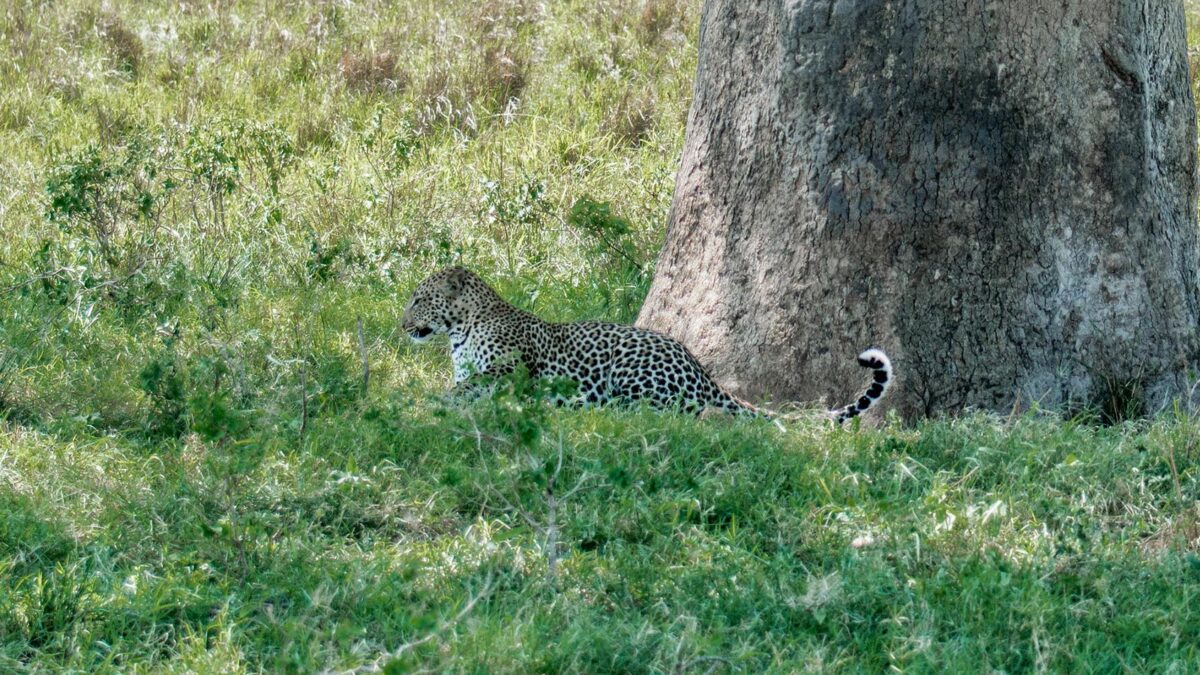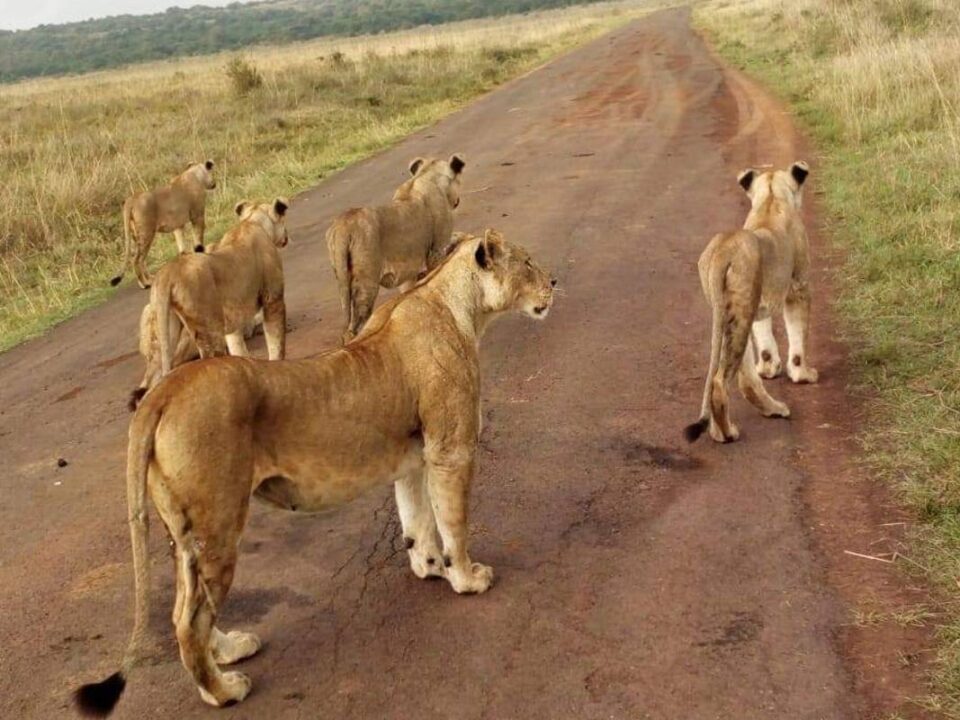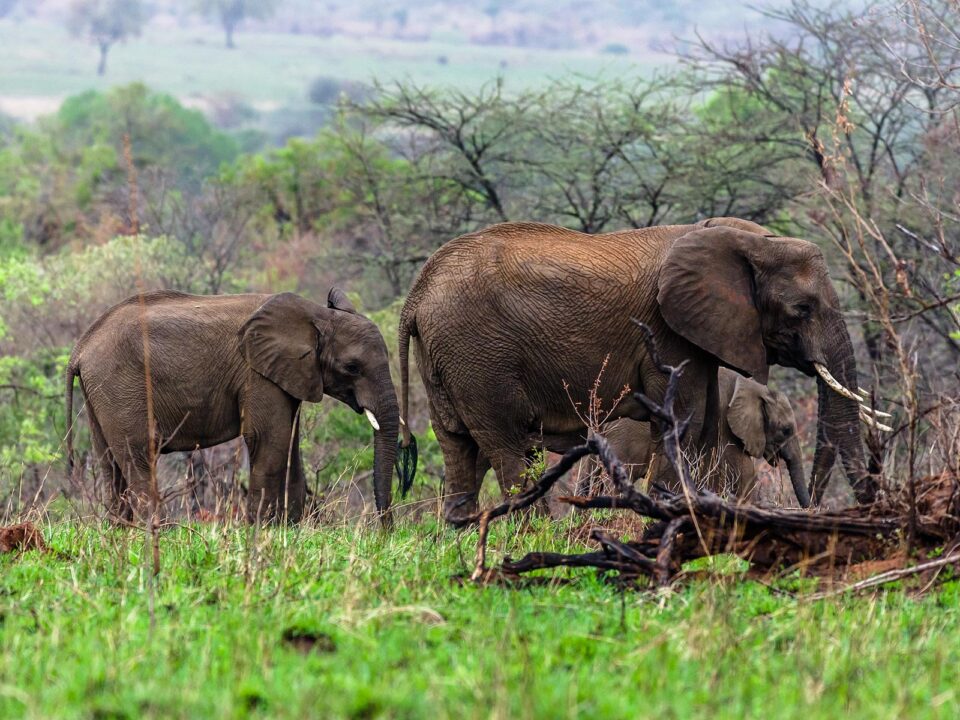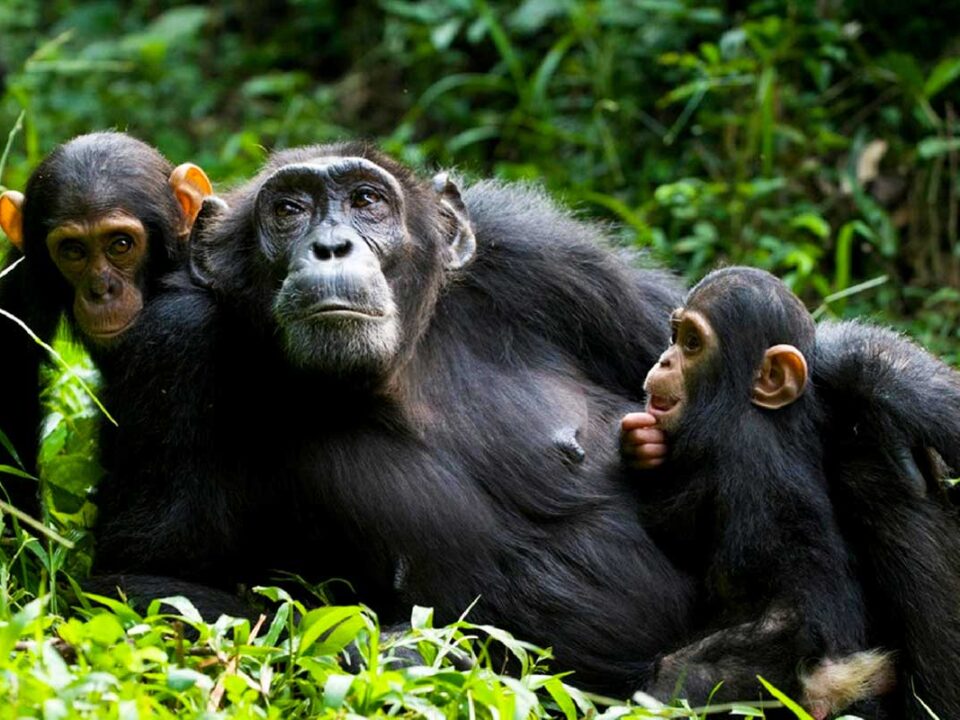Why you Should visit Kidepo Valley National Park

What is the Gorilla Trekking Success Rate in Bwindi?
February 22, 2024
How to Stay in Touch with Home while on Safari in Uganda?
February 22, 2024Exploring the Enigma: Reasons to Embark on a Journey to Kidepo Valley National Park – (Why you Should visit Kidepo Valley National Park?)
Why you Should visit Kidepo Valley National Park? — Unveiling the allure of Kidepo Valley National Park, nestled in the remote North-Eastern corner of Uganda, beckons those who seek an extraordinary adventure. Despite the extensive hours of travel required to reach this pristine destination, the park stands as a testament to untouched beauty and natural wonder. Gazetted as a National Park in 1962, Kidepo Valley earned the distinction of being recognized as the third-best wildlife safari park in Africa by CNN in 2017. Encompassing 1442 square kilometers of open Savannah terrains, expansive plains, and mountainous landscapes, the park offers a feast for the adventurous spirit and solace for those seeking tranquility.
The Rich Culture of Karamoja People
Nestled within the Karamoja region, Kidepo Valley National Park is home to two communities—the Ik people and the Karamojong. For the latter, the significance of cattle transcends boundaries, as they consider all cows in the world to be their own. Immersing oneself in the exploration of their beliefs, understanding their culture, indulging in traditional meals, and witnessing their folklore or participating in traditional dances unveils an experiential session that justifies traversing the miles to Kidepo Valley National Park.
The Awe-Inspiring Landscape
Embarking on dirt roads that traverse the wilderness, the remnants of travelers who came before you to explore the park welcome you on a game drive. Vast plains stretch beyond the reach of your feet, while the prominent Mountain Morungole rises above the plains, and the open rugged Savannah blankets the terrain—each a sight your camera should not miss capturing.
Avian Abundance/ Bird Watching/ Birding
With a staggering 475 different bird species, Kidepo Valley National Park claims the second spot, just after Queen Elizabeth National Park, in the realm of bird species diversity. Some bird species, such as the Karamoja Apalis, are unique to the Karamojong region. Other notable avian inhabitants include the Lammergeyer, Verreaux’s Eagle, Pygmy Falcon, Egyptian Vulture, Neophron, Black-breasted Barbet, and Ostriches, along with five different species of hornbills.
Kanangorok Hot Springs
Near the South-Sudan border, the effervescent Kanangorok Hot Springs, locally translated as the place of black stones, is believed to possess healing powers for skin diseases. The journey to the hot springs takes you past the seasonal Kidepo River.
Biodiversity and Flora Extravaganza
Prepare to encounter a rich tapestry of wildlife fauna, including Zebras, Duikers, Jackson’s hartebeests, Elephants, Lions, Elands, Bat Eared Fox, Guenther’s Dik-Dik, Jackals, Rothschild Giraffes, Striped Hyenas, Klipspringer, Mountain Reedbucks, Buffalos, Defassa Waterbucks, Cheetah, Kongoni, Kobs, Pata Monkeys, Bush Pigs, and the park’s exclusive Ostrich population. The diverse flora encompasses Savannah, Borassus palms, Sausage Trees, and Acacia.
Visiting Kidepo Valley National Park transcends mere checklists; it adds a layer of narrative to every wildlife encounter. Lions become not just lions but tree-climbing lions perched in sausage trees or sprawled on rocks at the entrance of Apoka Safari Lodge. Crocodiles are not just crocodiles but unique adaptations to the arid conditions of the park, measuring 2.5 meters instead of the usual 4 meters. Each bird, animal, tree, or rock becomes a chapter in the captivating story of Kidepo Valley National Park.
Essentials for the Expedition
As you embark on the exploration of Kidepo Valley National Park, pack light cotton clothes for the daytime heat and layers for the nighttime chill. Arm yourself with a camera to freeze moments for posterity, sunscreen to shield your skin, and ample water to quench your thirst in this arid region. The journey promises not just sights and sounds but an immersive tale of wildlife, landscapes, and cultural richness that lingers in your memories.




